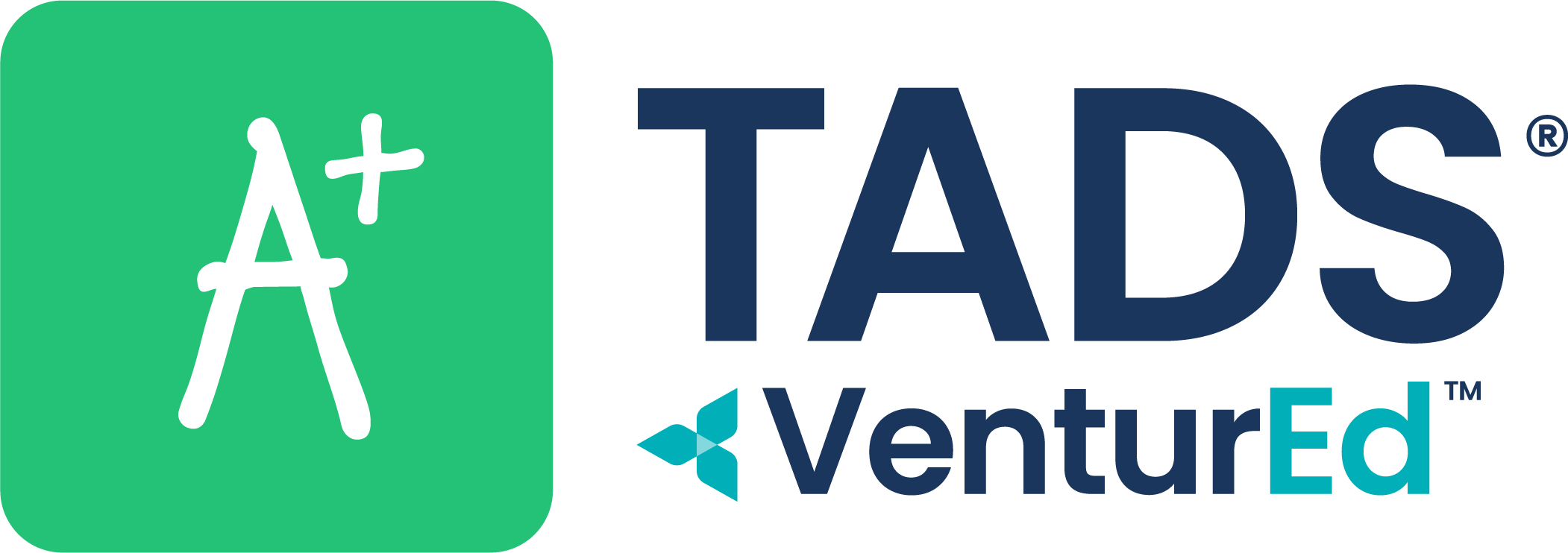
Economic uncertainty is a driving factor in the decisions private K-12 institutions make. Now more than ever, schools should focus on maximizing net tuition—the amount each student pays for tuition after financial aid.
Each student will pay tuition unique to their situation—without a financial aid strategy, financial aid can diminish a school’s revenues and financial stability. While providing equitable financial assistance is necessary, schools must implement award strategies that maximize tuition revenue while educating their stakeholders about these changes to retain alignment.
According to the Private School Review 2022-2023, the national average private tuition fee is $12,326 yearly. With private schools awarding roughly one in four students financial aid, consider the following three factors when approaching your awarding strategy:
To maximize net tuition revenues given these discount rates, schools should consider the following three factors:
- Families who pay 100% of gross tuition.
- Families who are receiving financial aid and paying less than 100% of gross tuition.
- Vacancies amounting to 0% of gross tuition.
Financial aid is a valuable way to attract students, but to maximize gross tuition, schools should balance students receiving aid with students paying full tuition or close to it.
Four Strategies to Balance Financial Aid with Financial Health
1. Analyze Data Effectively
To increase tuition revenue, schools develop strategies based on their wealth of actionable data. Some of the most effective strategies for data analysis in private K-12 schools include:
- Comparing net tuition and gross tuition revenue across grade levels.
- Calculate profit percentages showing how each grade level contributes to tuition revenue versus the amount from family contributions.
- Creating charts and graphs that show your school’s tuition payment and financial aid discount distribution by family income.
2. Create Targeted Recruitment Strategies
Private K-12 schools can use a targeted recruitment strategy to attract families who can afford to pay full tuition and need financial aid by tailoring their communication and marketing plans accordingly.
Balancing these two target audiences in your messaging requires a nuanced approach to demonstrating your school’s commitment to affordability and excellence.
To begin, develop personalized communication plans for prospective families based on their inquiries and interests; to remain efficient, consider creating customizable templates that can be used to respond quickly and provide the information they are looking for. Schools can also host targeted open houses or information sessions, focusing on providing the most valuable information for each group.
Consider creating custom resources—brochures, web pages, or videos—that speak directly to each audience. When possible, include testimonials or success stories from families with similar backgrounds and financial situations.
For communication targeting full-tuition families, you may emphasize how your school prepares students for future success. For families seeking aid, you could focus on a commitment to providing quality education to all income levels and resources with aid options.
3. Understand the Impact of Financial Aid at All Income Levels
According to NAIS, the median net tuition revenue covers about 81% of median net costs per student. To maximize revenue, schools should recognize how financial need functions in different income groups and implement strategies that maximize the value of the aid your school awards. To do this, consider the following ideas:
Income Bracket Analysis
Analyze your applicant pool and current student body to identify the income brackets of families seeking financial aid. Divide these families into income groups (e.g., low-income, middle-income, and high-income) to better understand their financial needs. Adjust your financial aid formula to consider the specific needs of different income groups.
Transparent Communication
Communicate your financial aid policies and how they differ for various income groups. Providing easy-to-understand materials and online calculators to help families estimate their potential financial aid awards based on their income.
Holistic Review Process
Implement a holistic review process considering income and other factors, such as family size, extenuating circumstances, or special needs.
Regular Review and Adjustment
Continuously review and adjust your financial aid policies and formulas based on changes in the economic landscape and the needs of your applicants. Additionally, ask families to provide input on the effectiveness of your financial aid programs and use their insights to make improvements.
Financial Aid Renewal
Set up a process for annual aid renewal that allows families to reassess their financial situation and make necessary adjustments to their aid packages.
4. Increase Revenue and Financial Aid with Fundraising
Schools can find creative ways to increase revenue and funding for their financial aid programs, such as fundraising events or partnerships. Our 2022 K-12 Trends report found that 39% of the private and independent schools we surveyed use their fundraising budgets to fund financial aid. Plus, 10% of overall school budget came from fundraising.
Here are a few ideas for inspiration:
- Annual Giving Campaigns: Encourage regular donations from parents and alums.
- Events: Organize events like auctions, bake sales, or fun runs.
- Product Sales: Sell school merchandise, coupon books, or holiday gifts.
Find more ideas and see how schools like yours utilize fundraising to increase revenue and financial aid in our GiveSmart by VenturEd Solutions School Resource Center.
Your school may also consider collaborating with local community organizations, nonprofits, or foundations focusing on education or youth development. Leverage these partnerships to supplement your financial aid offerings.
Continue Learning How to Maximize Net Tuition Revenue
Through strategies like these, schools can face the challenge of balancing offering financial aid to attract a diverse student body and optimizing net tuition revenue for financial stability. Continue learning by watching our recent TADS Talks LIVE episode on maximizing net tuition revenue.
